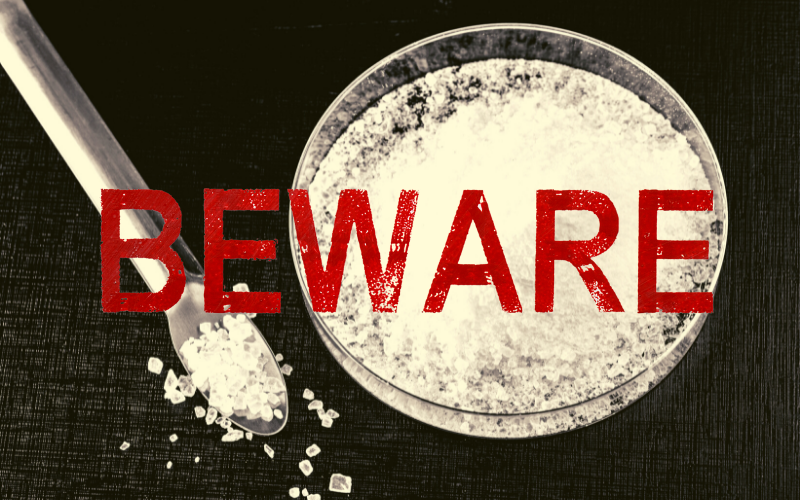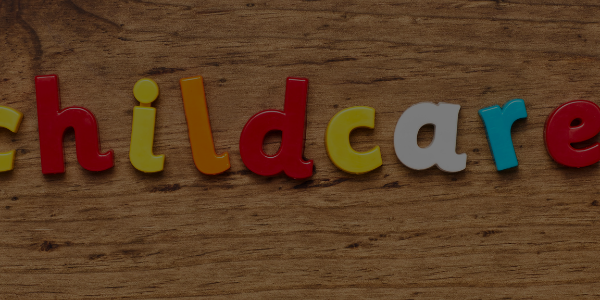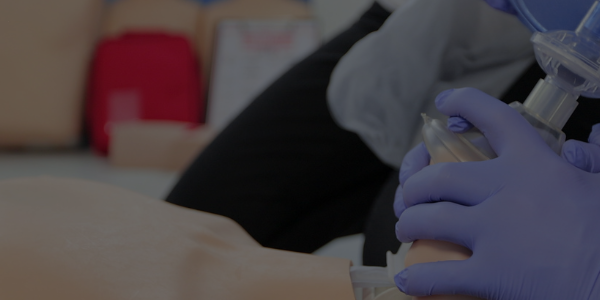Cyanide is a chemical that can be a colourless gas or a crystal solid. When people think of cyanide, they often think of the crystal (which looks like white or colourless salt) and not the gas. Cyanide can be found in many places and items, including cigarette smoke, plants, almonds, cassava root, lima beans and apricot pits. Cyanide does not have an odor or a taste.
What is Cyanide Poisoning?
Cyanide poisoning can happen when someone swallows something containing cyanide or breathes in cyanide gas. Cyanide is also known as prussic acid.
Cyanide prevents the body from using oxygen. This leads to suffocation at the cellular level and death. Cyanide poisoning can quickly lead to death if not treated immediately. It is important to call 000 or your local emergency number immediately if you or anyone you are with has symptoms of cyanide poisoning.
Cyanide poisoning can occur when someone swallows any product that contains it, such as old silver polish, moth crystals (sometimes found in closets), metal polishing compounds and some fertilisers. Inhaling cyanide gas from fires is another way to get poisoned with cyanide.
Cyanide prevents the cells of the body from using oxygen. When this happens, the cells die. Cyanide is more harmful to the heart and brain than to other organs because the heart and brain use a lot of oxygen.
Treatments for cyanide poisoning include administration of an antidote, supportive care, and sometimes hemodialysis.
What Causes Cyanide Poisoning?
- Normally, the body makes just small amounts of cyanide through normal metabolism. Cyanide is also found in cigarette smoke and many foods including almonds, millet sprouts, lima beans, soybeans, spinach, bamboo shoots, cassava roots and pits from apricots, peaches and apples. Most people who eat these foods do not get sick from them because they only contain very small amounts of cyanide.
- The risk of getting sick from eating food with low levels of cyanide is much less than the risk of getting ill or dying if you don’t eat enough fruits and vegetables that contain vitamin B17 (laetrile). Laetrile is a form of vitamin B17 that contains cyanide.
Cyanide poisoning can occur when someone swallows a cyanide tablet or capsule. In addition to swallowing cyanide, it can be inhaled or absorbed through the skin. The following sources can cause cyanide poisoning:
- Bitter almonds (The seeds of some stone fruit trees contain small amounts of cyanide)
- Cigarette smoking (Cyanide is one of the chemicals in tobacco smoke)
- Fumes from plastics containing acrylonitrile (acrylic fibers) or epichlorohydrin (used in making paints and varnishes)
- Fumes from silage (Fermented mixtures of corn, sorghum and other grains which are used as feed for cattle)
First Aid Treatment for Cyanide Poisoning
- Inhalation: Move the person to fresh air. Monitor for respiratory distress. If cough or difficulty breathing develops, evaluate for respiratory tract irritation, bronchitis, or pneumonitis. Administer oxygen and assist ventilation as required. Treat bronchospasm with an inhaled beta2-adrenergic agonist. Consider systemic corticosteroids in patients with significant bronchospasm.
- Skin Contact: Quickly and gently blot or brush away excess chemicals. Wipe off with a cloth dampened with water. If irritation persists, repeat flushing and obtain medical attention immediately.
- Eye Contact: Immediately flush the contaminated eye(s) with lukewarm, gently flowing water for 5 minutes, holding the eyelid(s) open. Obtain medical attention immediately.
- Ingestion: DO NOT INDUCE VOMITING unless directed to do so by medical personnel. If the victim is conscious and not convulsing, give 1 or 2 glasses of water to dilute the chemical and IMMEDIATELY call a hospital or poison control center. Be prepared to transport the victim to a hospital if advised by a physician.
First aid for cyanide poisoning includes administering oxygen and the antidote amyl nitrite.
Please note that regular First Aid and CPR Training is the best way to make sure that you’re prepare in the case of an emergency. Book a course with us!
Find this article useful? Read more of our blogs here!





